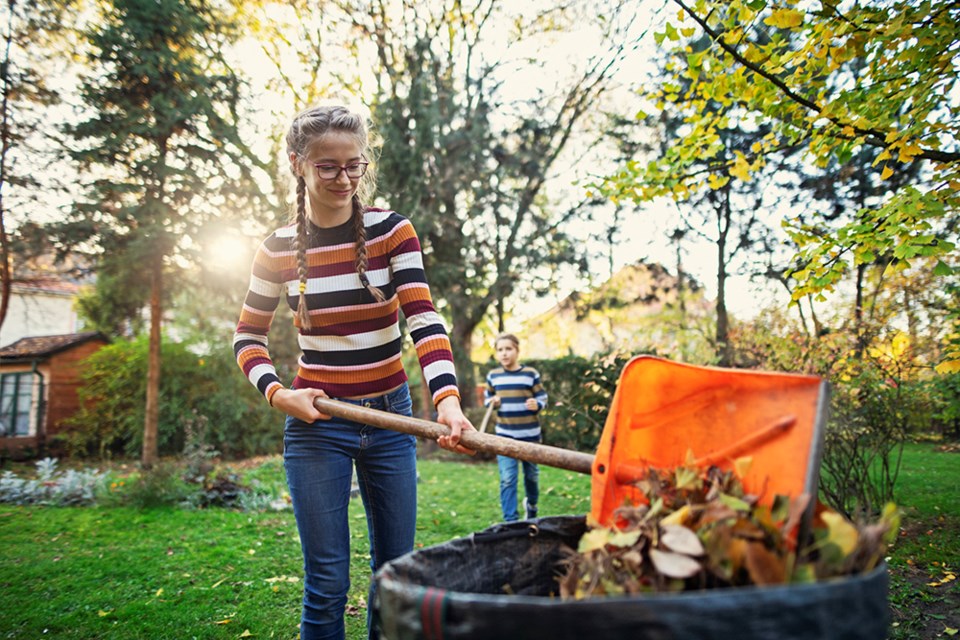There is something deeply satisfying about scoring a deal. Add to that the possibility of caring for the planet and you have a winning combination.
Backyard composting offers both. Although daunting to some who are just getting started, once grasped, the basics of composting will lead your household to reducing its garbage by 40 per cent.
Savings are, at first, subtle, in the form of reduced garbage tipping fees, but more pronounced in the creation of your own free soil amendment. Not to be ignored, too, are the environmental benefits of avoiding transportation of our food scraps and yard waste. This includes the reduction of potent greenhouse gases, such as methane, in landfills where organics are introduced into the compacted anaerobic environment.
Fortunately, composting 101 is simple enough. A healthy home composting system balances the needs for carbon and nitrogen alongside managing for good airflow and moisture content.
Nitrogen-rich materials going into a composter include food scraps, manures, coffee and fresh garden waste. Carbon-rich materials are generally “brown” in colour and include brown leaves, paper towels, woody yard waste, wooden skewers and dead grass.
Together, nitrogen and carbon create a chemical reaction that produces heat – and this usually spikes shortly after the combination of ingredients are mixed in with each other and for a few days following. In order to allow this to occur, however, the right moisture and oxygen levels are required.
A simple guide to knowing if a pile is wet enough includes this test: squeeze a ball of compost in your hand. If water drains out, it is too wet. If water beads between your fingers, it is just right.
Correct levels of oxygen for optimal microorganism conditions can be achieved a few different ways. Use a handheld device that has a “butterfly” blade opening upon extraction that “fluffs” the pile, mitigating any compaction that inevitably happens.
Over time, your compost pile will naturally reduce in volume. Once your composter is full, either scoop out its contents or leave it in place for 3-4 weeks for curing. This maturing step cools your compost and transforms it into a usable and nutrient-dense food for your soil – and more to the point, your flowers and vegetables.
Removing organic materials from your garbage is a great way to solve odour issues in your garbage. That said, most beginner composters avoid adding meat, bones, dairy and cooked foods to their pile, as these are trickier to manage. Odourous compost piles can attract bears, rats and other unwanted critters into your backyard. That said, adding urine to your pile when you add these materials can greatly reduce this challenge.
Locals to Powell River can also take advantage of the compost pilot program by dropping off any unwanted kitchen waste at Sunshine Disposal on Franklin Avenue on Wednesdays, Fridays and Saturdays between 10 am and 4 pm, or during regular recycling depot operation hours at the Town Centre location.
Cautionary tips include burying bones in your pile, so neighbourhood dogs cannot find them, which sadly puts them at risk for choking on an unusually large horn.
Turning the so-called “waste” from your kitchen and backyard into a nutrient-dense organic fertilizer is a great way to close the resource loop and mimic nature’s efficiencies.
Let’s Talk Trash is qathet Regional District’s (qRD) waste-reduction education program. For more information, email [email protected] or go to LetsTalkTrash.ca.



